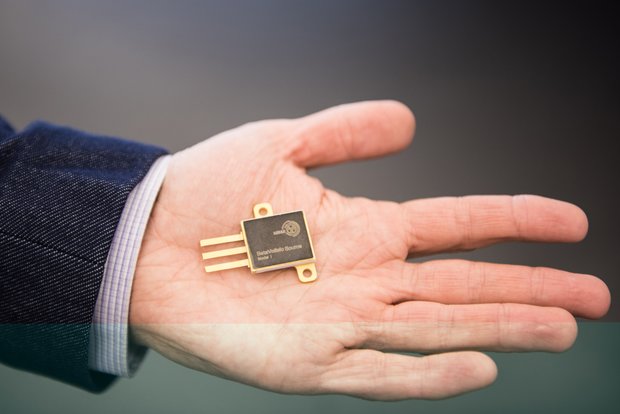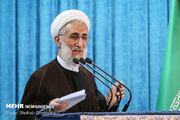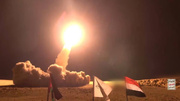The battery uses the so-called betavoltaic effect which converts beta rays from the decay of a radioactive isotope into electric current. They are similar to solar batteries, the only difference being that the latter convert sunlight. The source of beta rays is a radioactive isotope, Ni-63 (nickel-63), a “mild” and clean radiator, which turns into a stable copper isotope after fully decaying. This means that an exhausted battery doesn’t need specialized recycling.
Led by Prof. Viktor Murashev, Chair of Semiconductor Electronics and Semiconductor Physics, a team of young researchers comprising S.A. Legotin, A.A. Krasnov, K.A. Kuzmina, Y.K. Omel`chenko developed silicon monocrystal betavoltaic technology in cooperation with OPTRON and RITVERTS GmbH.
Prof. Murashev: “People worry when they hear that the battery converts radiation to electric energy, but it’s safe. There are different kinds of radiation. Unlike really hazardous gamma rays capable of deep penetration into the human body, beta rays are low penetrants (less than 50 μm). Besides, the radioactive nickel is reliably shielded inside a battery.”
These sources are in high demand because of the energy density of radio isotopes, which is comparable to lithium batteries. Radioisotopic batteries can also be built into rapidly advancing microelectromechanical systems. According to the developers, the betavoltaics are low-power 10nW cells that can operate in standalone mode for up to 100 years and are therefore intended for long-life low-energy devices that require no maintenance. These could be sensors or sleeper transmitters, such as gas detectors in coal mines and fire detectors, or power sources at weather stations in hard-to-access areas, or devices used in the defense industry or in spacecraft.
Prof. Murashev said “The battery can be used as both an independent and an auxiliary power source in combination with an accumulator or a condenser. An accumulator and condenser gradually run down and lose power. Our battery can make up for that and keep a condenser operational”.
“It’s common knowledge how fast lithium-ion cells discharge in low temperatures. Betavoltaic batteries lack this limitation because their efficiency and power output increase as temperatures drop. This makes it possible to use them for northern and Antarctic exploration,” he added.
The project’s end goal is to produce silicon betavoltaic transducers. However, the main limiting factor is the cost of Ni-63. The developers hope Ni-63 will soon be produced industrially, which would reduce the cost of the end product by about ten times making betavoltaic batteries widely available.
HA/PR























Your Comment